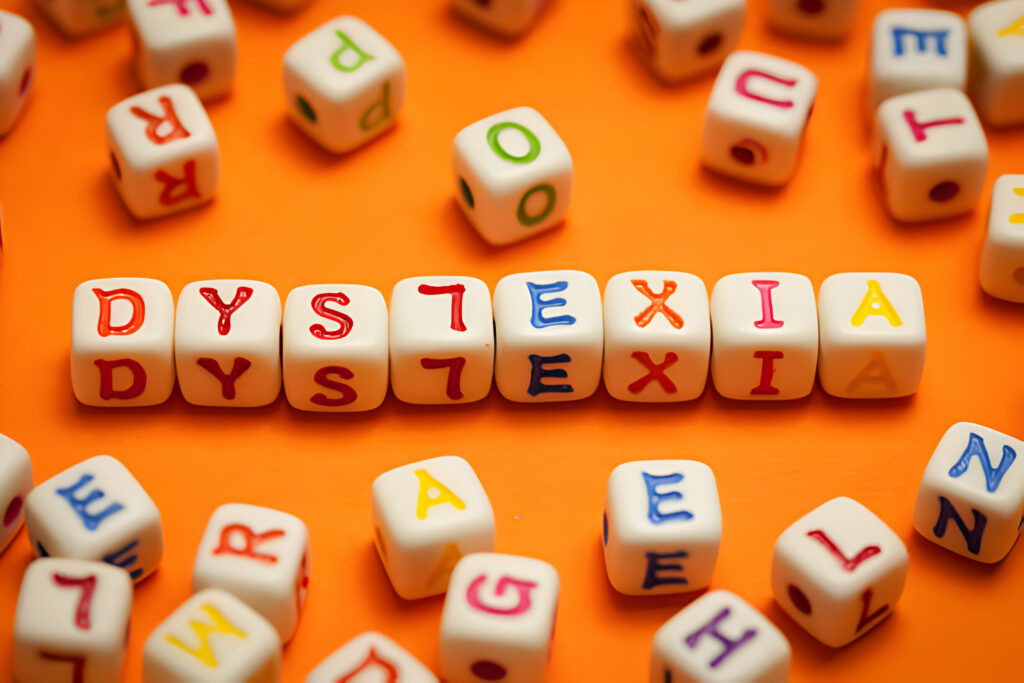
Dyslexia, characterized by difficulties with reading, writing, and spelling, can present significant challenges in the academic journey. However, the impact of this learning difference can be significantly mitigated through early identification and intervention. Recognizing the vital role of early intervention is crucial for supporting individuals with dyslexia and empowering them to reach their full potential.
Building a Strong Foundation: Why Early Intervention Matters

Brain Development: The brain exhibits remarkable plasticity, particularly in early childhood. During this period, neural pathways are readily adapted and strengthened. Early intervention capitalizes on this plasticity by providing targeted support when the brain is most receptive to change. This allows individuals with dyslexia to develop stronger literacy skills and build upon them throughout their academic journey.
Preventing Frustration and Negative Impacts: Delaying intervention can lead to frustration, discouragement, and a negative self-image for individuals with dyslexia. They may avoid reading activities, leading to further skill gaps and impacting other areas of learning. Early intervention helps address challenges from the start, fostering a positive attitude towards learning and preventing negative emotional consequences.
Closing the Achievement Gap: Studies consistently demonstrate that early intervention significantly improves outcomes for individuals with dyslexia. Early support enables them to close the achievement gap with their peers, preventing them from falling behind and experiencing academic difficulties in later years.
Maximizing Opportunities for Success: Early intervention sets the stage for future success. By developing strong literacy skills early on, individuals with dyslexia gain the confidence and tools needed to participate actively in the classroom, access higher education, and pursue their chosen careers.
Key Elements of Effective Early Intervention:

- Early Identification: Watch for early signs of dyslexia, such as delays in language development, phonological awareness difficulties, and struggles with reading and writing. Seek professional evaluation to confirm a diagnosis and guide intervention strategies.
- Multisensory Instruction: Engage multiple senses (visual, auditory, kinesthetic) when teaching language and literacy skills. This approach caters to different learning styles and helps solidify information in the brain.
- Structured Phonics Programs: Explicitly teach sound-symbol relationships through well-designed phonics programs. This builds a strong foundation for decoding and spelling words accurately.
- Individualized Support: Tailor intervention strategies to the specific needs and learning profile of each individual. This ensures they receive the most effective support for their unique challenges.
- Collaborative Approach: Work with educators, parents, and other specialists to create a comprehensive support system for the individual with dyslexia. This collaborative effort enhances communication and ensures consistent support across different settings.
By prioritizing early identification and implementing effective intervention strategies, we can unlock the potential of individuals with dyslexia and empower them to thrive in all aspects of their lives. Remember, early intervention is not a quick fix, but a long-term investment in their future success.